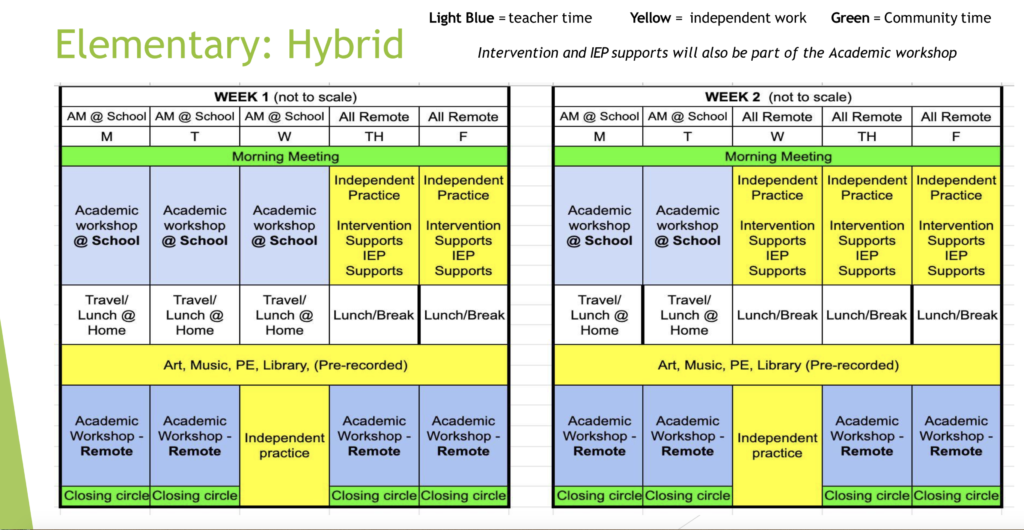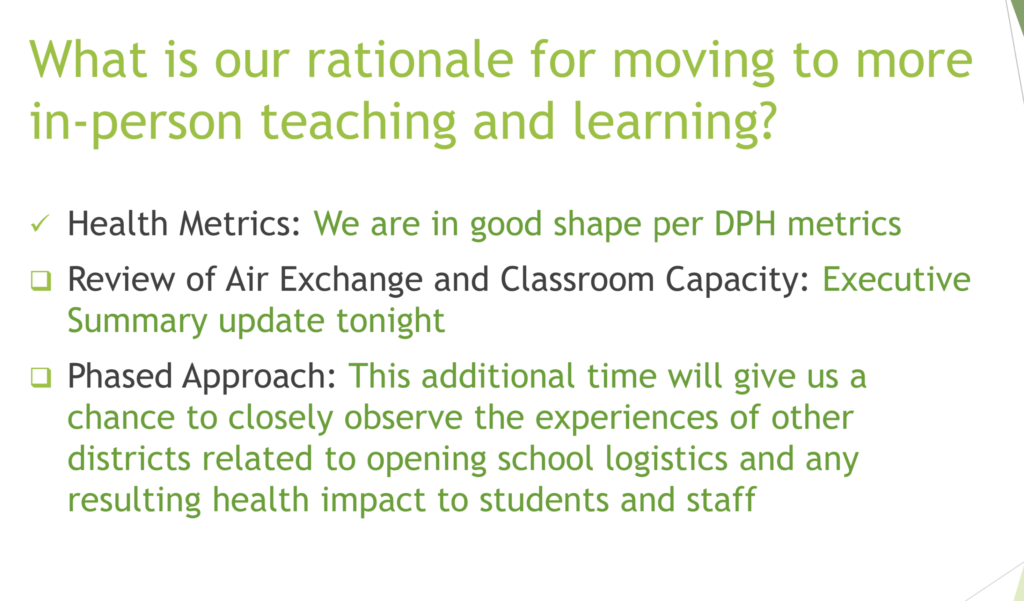Photo: Belmont stays on the safe side of the COVID-19 surge.
As the corona virus spikes for the third time across the nation, Belmont has seen the rate of COVID-19 infection over the past two weeks relatively steady as the community remains one of the few to retain a “green” designation from the state’s Department of Public Health.
Based on the average daily cases per 100,000 residents, each city or town is designated a color to indicate if they are a community with a higher risk (red), moderate risk (yellow), or lower risk (green).

As of Wednesday, Oct. 21, Belmont’s average daily incidence rate per 100,000 was at 2.9. While that is slightly higher over the previous two weeks, Belmont remains in the “green” catagory reserved for municipalities with less than 4 cases per 100,000. The town has reported 11 new cases since Oct. 7 for a total case count of 282.
The total number of deaths caused by COVID-19 continues to hold steady at 60 with the last reported death in late May.
Statewide, the daily incidence rate has soared to 9.2 per 100,000 with nearly 9,000 new cases confirmed in the past fortnight. Many cities and towns close to Belmont has seen their average daily incidence rates skyrocket with neighboring Waltham reporting a rate of 13.9 as 130 positive cases in the past 14 days.
Belmont’s Health Department Director Wesley Chin told the Belmont Select Board that his department is advising all residents to continue to social distance and when out in public to wear a face mask that covers the mouth and nose and which has ear loops.
“We strongly discourage the use of neck gaiters and bandanas,” said Chin as they don’t stop virus filled droplets from escaping into the air and, in fact, the fabric appear to turn large droplets into smaller ones creating aerosols that can build up over time infecting an entire room or indoor space.
Four additional positive cases at the Chenery
Two seperate cases – reported on Oct. 15 and Oct. 19 – of a pair of positive COVID-19 cases at the Chenery Middle School were confirmed by the town’s Health Department.
The Belmont School District has now confirmed seven positive cases at three schools since early September: Winn Brook Elementary (1), Chenery Middle School (5) and Belmont High School (1).
Of the two individuals – either students or staff members – confirmed to have the virus on Oct. 19, both were in close contact with one of the positive cases reported on Oct. 15. The classroom which all the individuals were located has been closed and all students and staff who also used the room are now working and learning remotely.
In regards to one of the positive cases reported on Oct. 15, it was in close contact with a previously reported case identified on Oct. 14. The second positive case on Oct. 15 was independent of all other cases.




